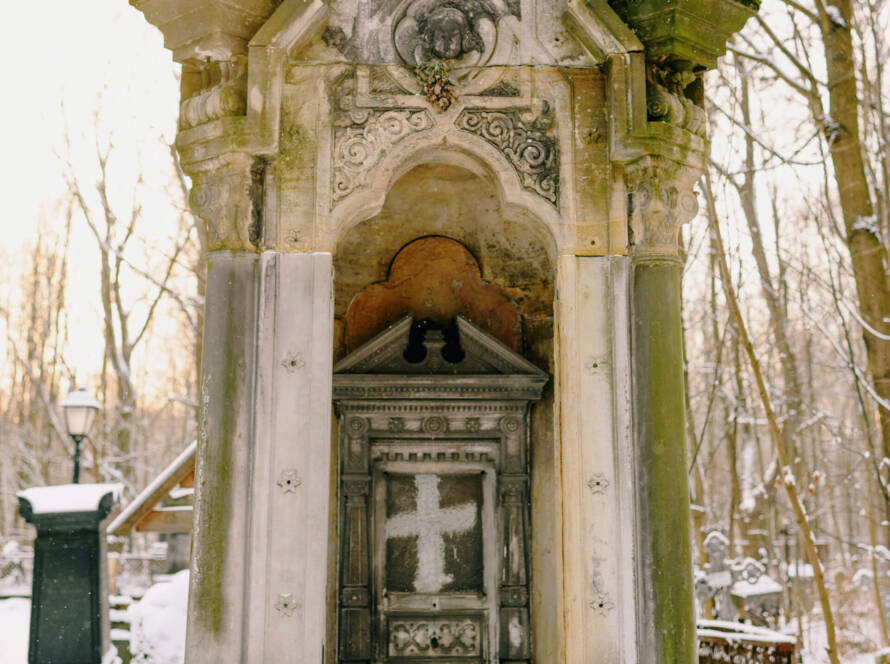Selecting a headstone is an important step in memorializing a loved one, and understanding the standards associated with headstones can help ensure you make informed choices. Headstone standards vary based on materials, design, and cemetery regulations. Here’s a comprehensive overview of what you should know:
1. Cemetery Regulations
Before purchasing a headstone, it’s crucial to familiarize yourself with the specific regulations of the cemetery where it will be placed. Most cemeteries have guidelines regarding:
- Size and Height: There may be limits on the dimensions of headstones to ensure uniformity and maintain the aesthetic of the cemetery.
- Material Restrictions: Some cemeteries may only allow certain materials, such as granite or bronze, while prohibiting others.
2. Material Standards
Headstones are typically made from a variety of materials, each with its own standards of durability and maintenance:
- Granite: Known for its longevity and resistance to weathering, granite is the most commonly used material. It can withstand harsh conditions and is available in various colors.
- Marble: While marble is often chosen for its beauty, it may require more maintenance due to its susceptibility to staining and weathering over time.
- Bronze: This metal offers a classic look and is often used for plaques. Bronze develops a natural patina, which some families find appealing.


3. Design and Customization
Headstones can be customized to reflect the personality and life of the deceased. Key design standards include:
- Engraving Quality: The quality of the engraving should be clear and durable, ensuring that names, dates, and messages remain legible over time.
- Symbolism: Many families choose symbols or images that represent the deceased’s interests or beliefs. Make sure these designs comply with cemetery regulations.
4. Installation Standards
Proper installation of a headstone is essential to ensure stability and longevity. Standards for installation typically include:
- Foundation Requirements: Some cemeteries may require a concrete foundation to support the headstone and prevent it from sinking or tilting.
- Professional Installation: It’s often recommended to have the headstone installed by a professional to ensure it meets local standards and regulations.
By familiarizing yourself with cemetery regulations, material options, and installation requirements, you can select a headstone that honors their memory while meeting necessary standards.
5. Maintenance Considerations
Understanding the maintenance needs of different materials can help you choose a headstone that fits your preferences:
- Granite and Bronze: Generally require minimal maintenance, but periodic cleaning can help maintain their appearance.
- Marble: May need more frequent cleaning and care to prevent staining and deterioration.
6. Cost Factors
The cost of a headstone can vary widely based on material, size, and design complexity. Be sure to consider:
- Budgeting: Determine your budget early on to narrow down your options and avoid overspending.
- Additional Costs: Keep in mind potential additional costs for engraving, installation, and ongoing maintenance.

Conclusion
Understanding headstone standards is essential for making informed choices when memorializing a loved one. By familiarizing yourself with cemetery regulations, material options, and installation requirements, you can select a headstone that honors their memory while meeting necessary standards. At Lee Funeral Home, we are here to assist you through every step of this process, ensuring you choose a headstone that reflects your loved one’s legacy with dignity and respect. Our compassionate team can guide you in making choices that will be cherished for years to come.



